Gladiolus plants are a stunning addition to any home landscape, known for their tall, striking blooms and vibrant colors ranging from fiery reds to deep purples. These flowers not only enhance the visual appeal of a garden but also attract beneficial pollinators like hummingbirds and butterflies. Deer-resistant and continuously blooming from midsummer until the first fall frost, gladiolus offers a rewarding gardening experience. While caring for gladiolus requires some attention, the beautiful results make the effort worthwhile.
Characteristics of Gladiolus
Also called “sword lilies” due to their long, blade-like leaves, gladioli can range in height from 1.5 feet for dwarf varieties to 5 feet for larger species. Their blossoms, typically 2 to 4 inches in diameter, grow on tall spikes and are perfect for cut flower arrangements. Some hybrid varieties boast even larger blooms up to 5 inches wide, making them a showstopper in any garden.
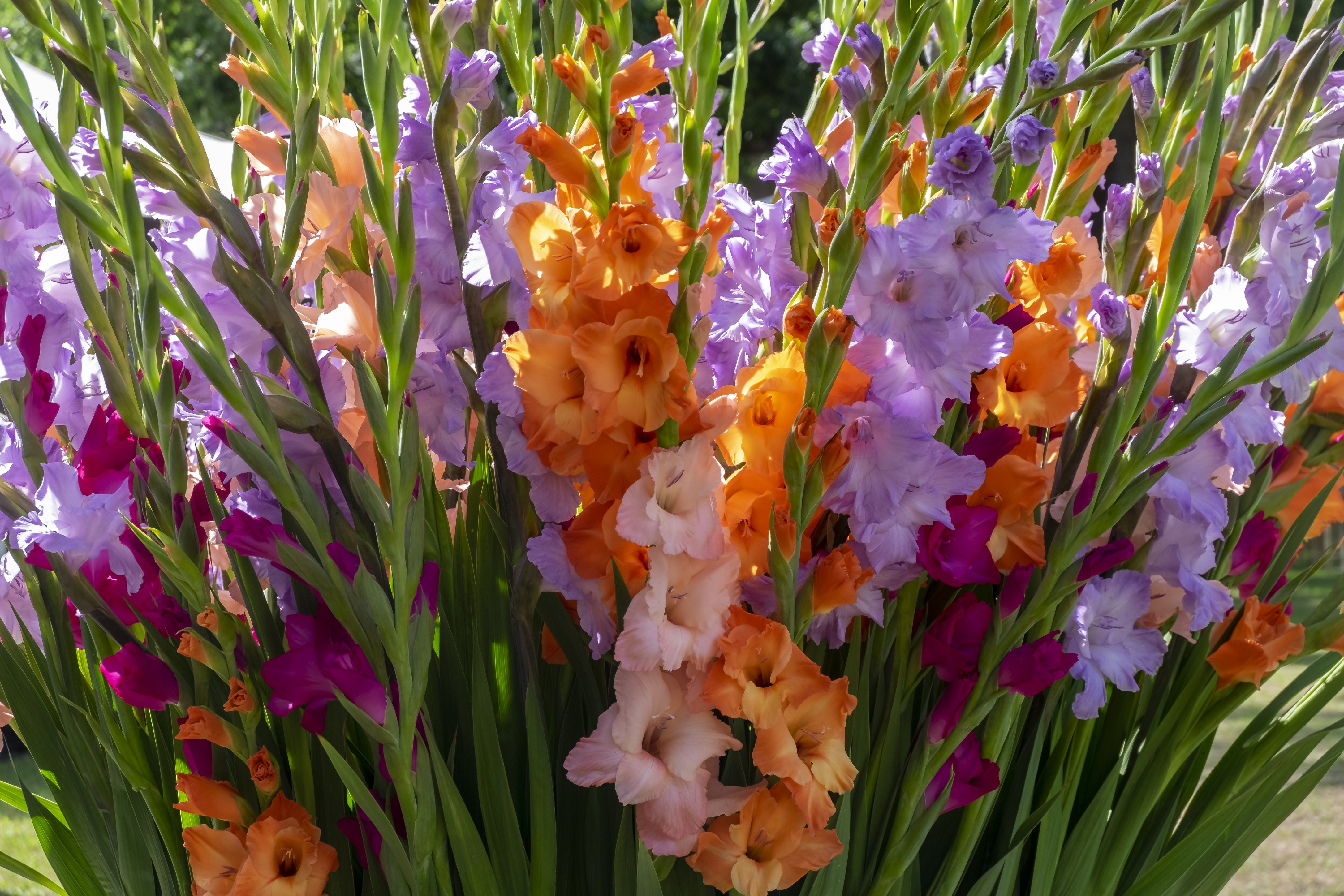
Recommended Gladiolus Varieties
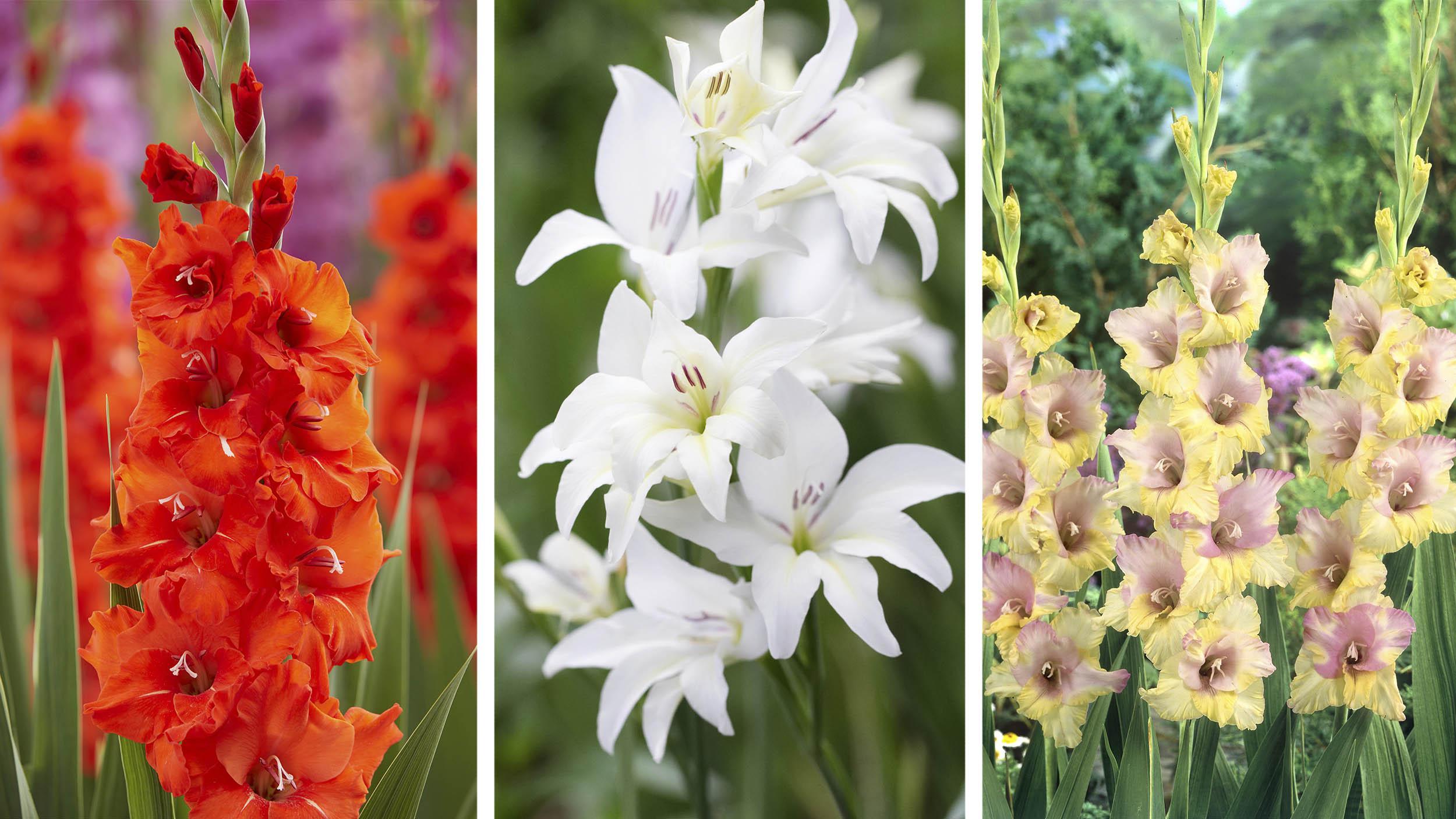
Gladiolus flowers come in a wide array of colors, offering plenty of options to suit your garden’s aesthetic. Here are a few notable varieties:
- Black Sea: A deep red flower with 3 to 4-inch blooms on stalks that reach 3 to 4 feet tall.
- White Prosperity: Known for its pristine white flowers, this variety grows up to 5 feet tall with 4-inch blooms.
- Mon Amour: A striking combination of pastel pink, yellow, and ivory flowers, growing 4 to 5 feet tall.
- Charming Beauty Hardy Mini: A dwarf variety with pink flowers that reach only 2 feet in height, making it ideal for smaller spaces.
- Large Flowering Lumiere: Large pink flowers up to 5 inches in size, growing on 4-foot-tall stems.
Planting Gladiolus
Gladioli thrive in well-draining, slightly sandy soil and prefer full sun, though some varieties can tolerate partial shade. To ensure a thriving display, consider these planting guidelines.
When to Plant Gladiolus
Gladiolus bulbs, or corms, should be planted in early spring, roughly two weeks before the last expected frost date. Depending on your location, this could be anywhere from late February to early May. For extended blooming throughout the season, stagger plantings every 10 to 14 days from late spring through early summer.
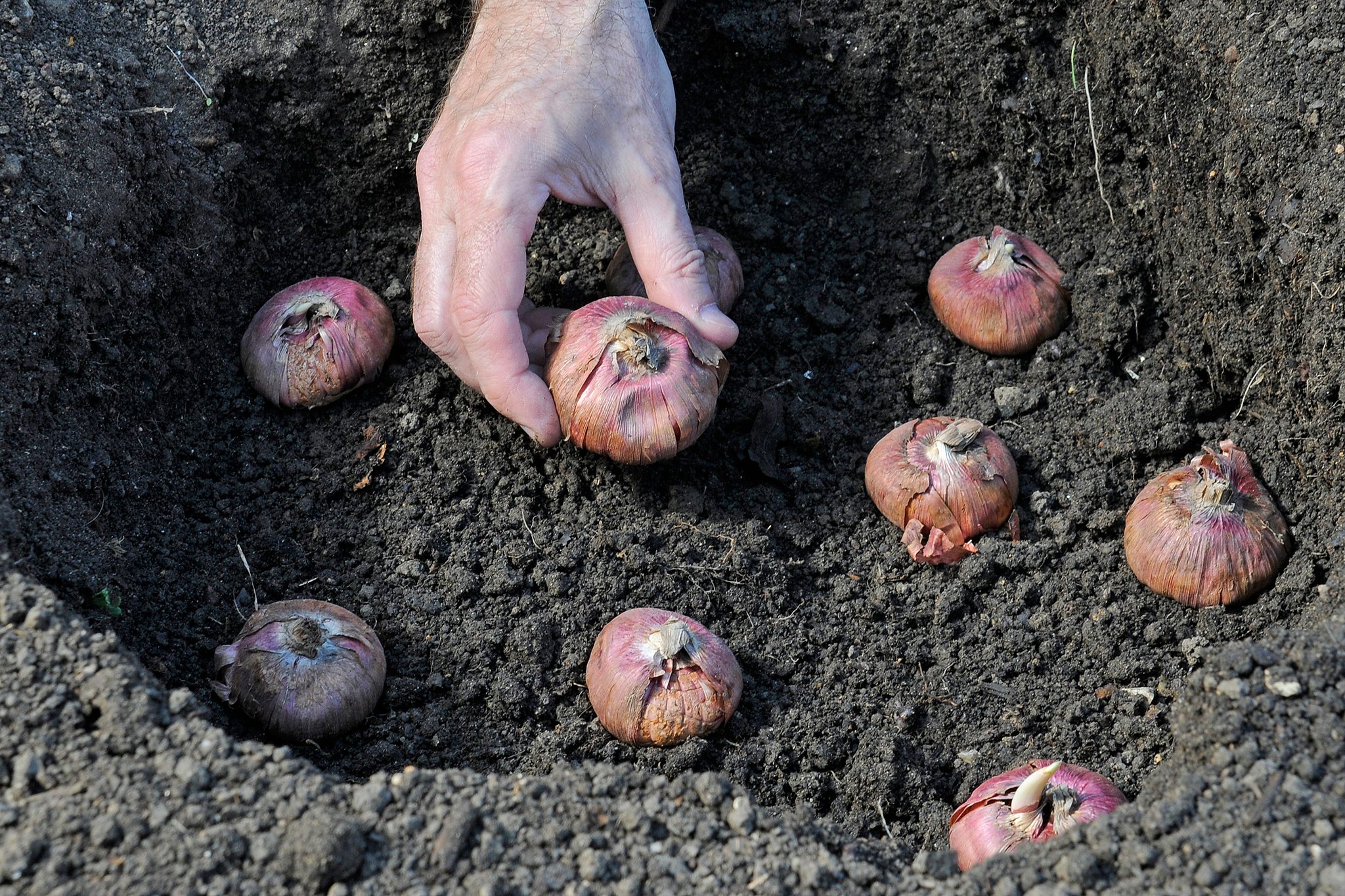
Where Gladiolus Grows Best
In USDA Plant Hardiness Zones 7 and above, gladiolus can be grown as perennials. In colder regions, gardeners will need to dig up the corms and store them over winter, replanting in spring. Some gardeners in Zones 5 and 6 may succeed in overwintering corms by mulching heavily, though lifting them is generally recommended. Plant gladiolus in full sun and allow space for their height, as most will grow to at least 2 feet.
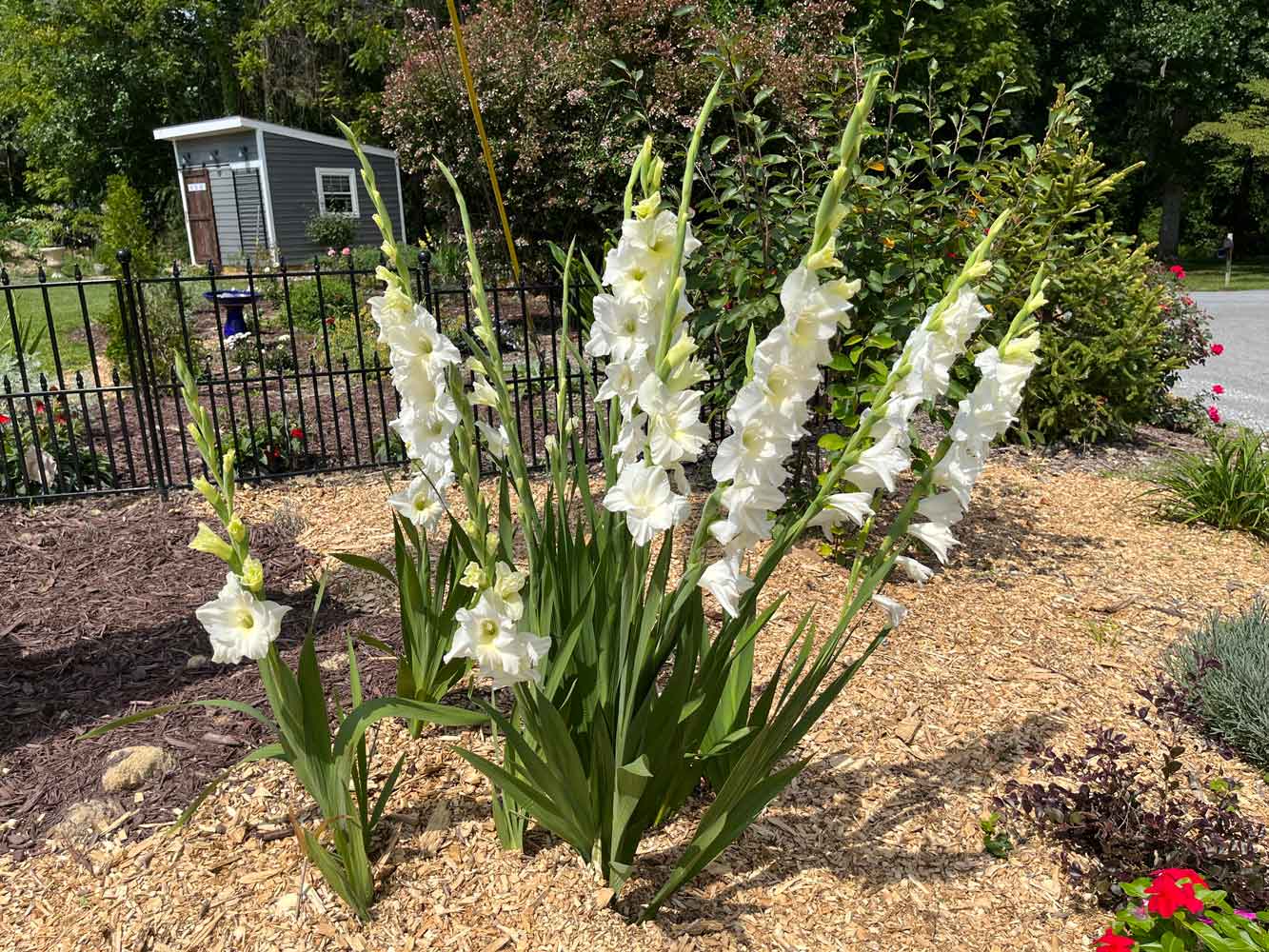
How to Plant Gladiolus
The size of the bulb determines how deep to plant it, generally at a depth two to three times the size of the bulb. Space the corms at least 6 inches apart, with rows spaced 2 to 3 feet apart for optimal growth. If you haven’t added compost to your garden beforehand, consider applying a general-purpose fertilizer, like a 10-10-10 mix, and working it into the soil.
- Dig holes at the appropriate depth.
- Place the corms flat-side down so the new growth will emerge at the top.
- Cover with soil and water well.
- Continue to add soil as the plant settles and grows, ensuring the soil is well-drained and not compacted.
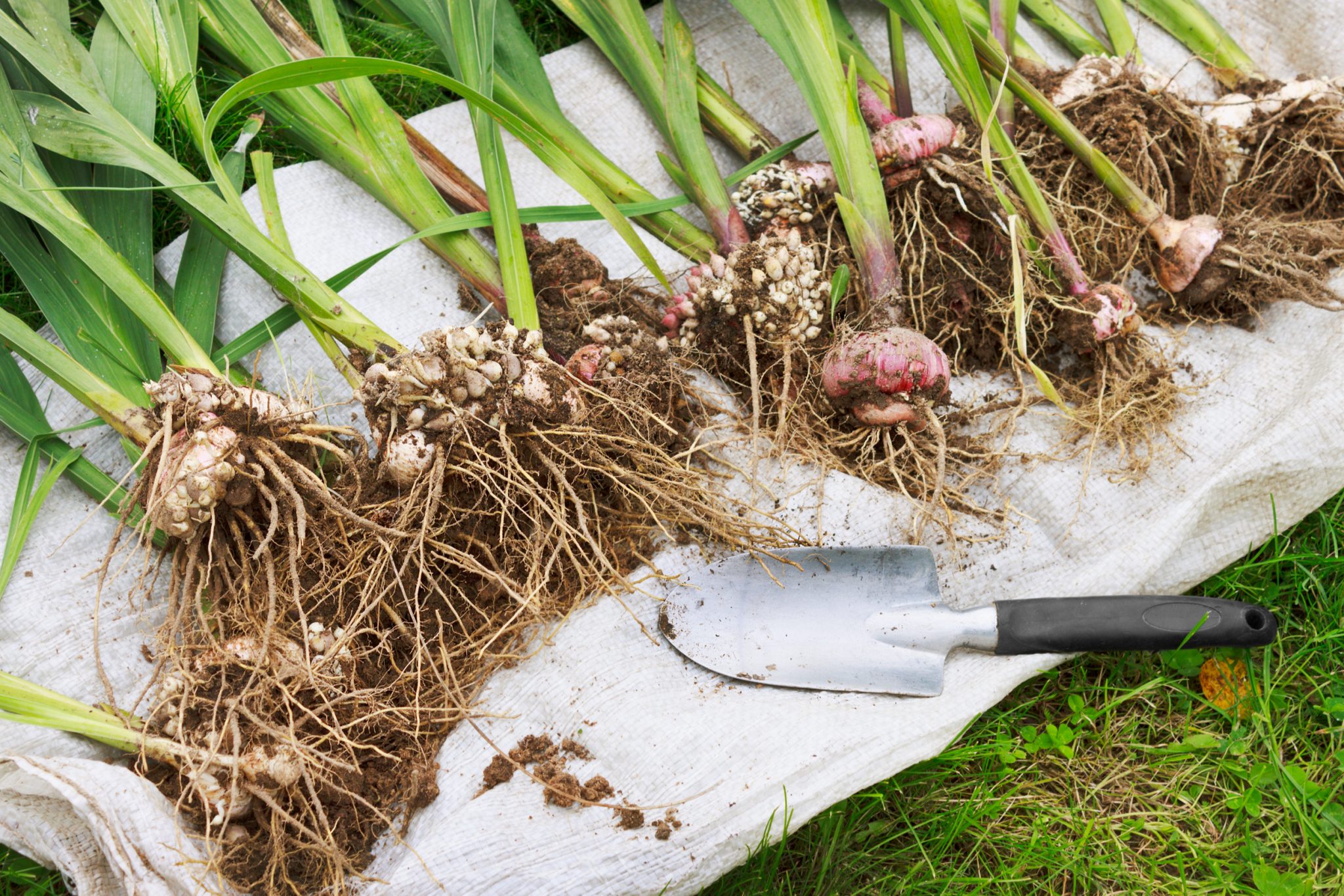
Growing Gladiolus in Containers
For gardeners with limited space, gladiolus can also thrive in containers. Choose smaller varieties that grow between 2 and 3 feet tall, and ensure the container is filled with nutrient-rich soil. Fertilize the soil before planting and continue to feed the plants throughout the growing season, as container soil tends to lose nutrients faster than garden soil.
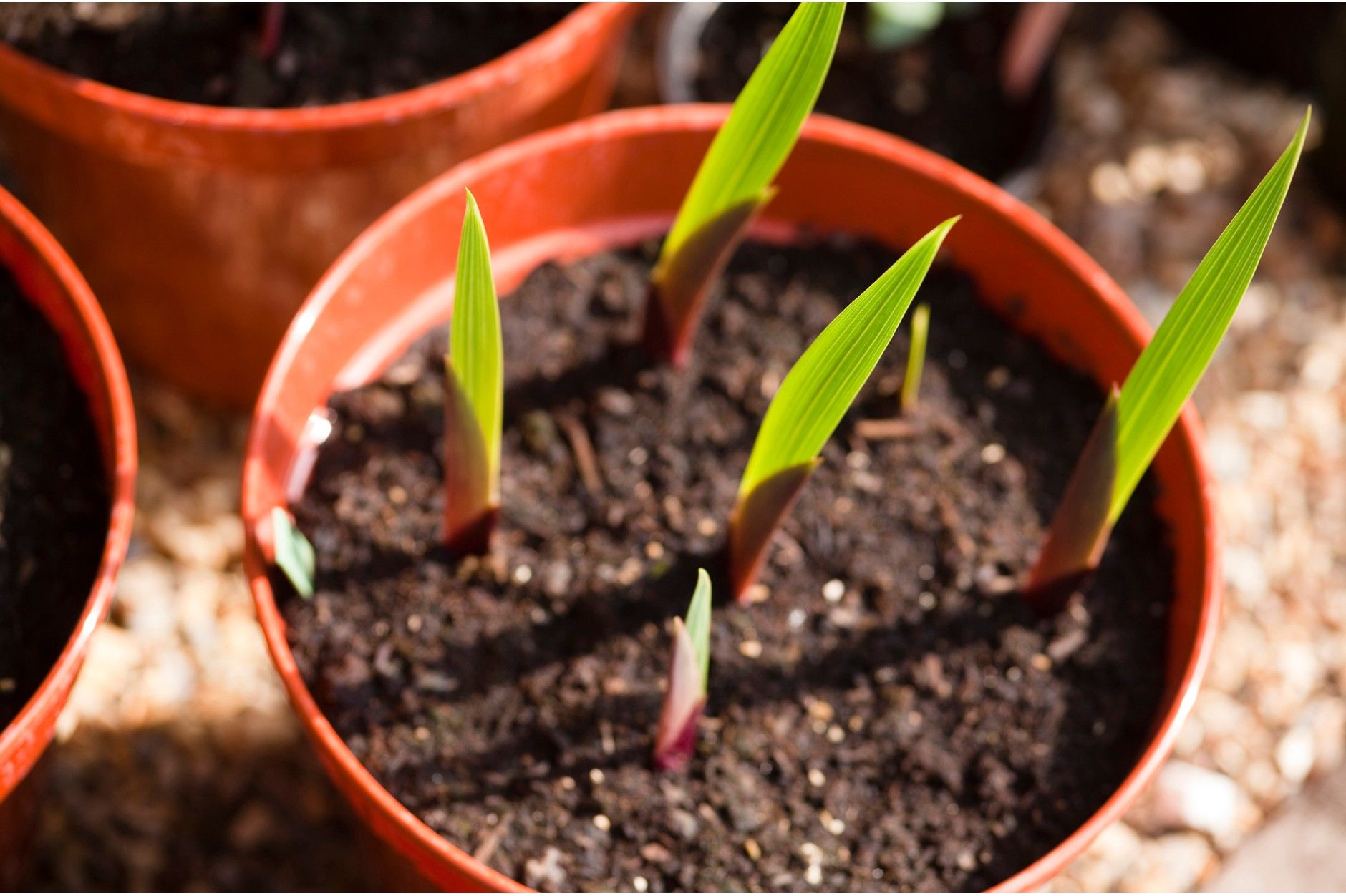
Caring for Gladiolus: Watering Tips
Proper watering is essential for gladiolus care, especially during the growing season. Aim to water deeply, providing about 1 inch of water per week. Increase watering during hot, dry spells, but avoid overwatering, as soggy soil can cause bulb rot. Instead of light daily watering, focus on consistent, deep watering sessions to encourage healthy growth.
By following these steps, gladiolus can provide a beautiful, long-lasting floral display in your garden, rewarding you with vibrant blooms season after season.
Fertilizing Gladiolus
To grow gladiolus successfully, proper fertilization is key. Begin by enriching the soil with compost before planting, working it into the soil at least 12 inches deep. This will ensure the compost breaks down gradually, providing essential nutrients to the corms as they develop. It’s best to prepare the soil before the last frost date when the ground becomes workable.
At planting time, use a granular bulb fertilizer such as bone meal or a balanced 10-10-10 fertilizer. Work the fertilizer directly into the soil where the gladiolus bulbs will be placed. Once the plants grow to about 10 inches tall, apply a water-soluble fertilizer to promote healthy growth and vigorous blooms.
If you plan to leave the gladiolus bulbs in the ground over winter, be sure to fertilize again in the fall. Use a bulb fertilizer or bone meal and work it into the soil around the planting area to help the corms survive the colder months.
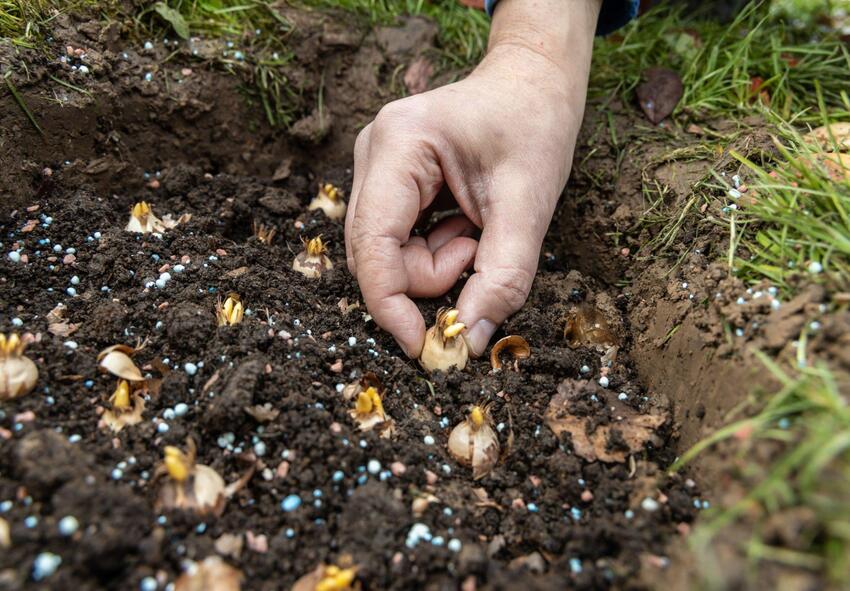
Pruning Gladiolus
Pruning gladiolus is not necessary during the active growing season. However, once the flowers begin to fade, removing spent blooms can help redirect the plant’s energy toward new buds. To do this, simply pinch off the faded flowers. When most of the flowers on a stalk have finished blooming, you can cut back the stalk using sharp pruning shears or scissors. Make the cut at an angle near the base of where the flower stalk sprouted to encourage future growth and keep the plant looking tidy.
